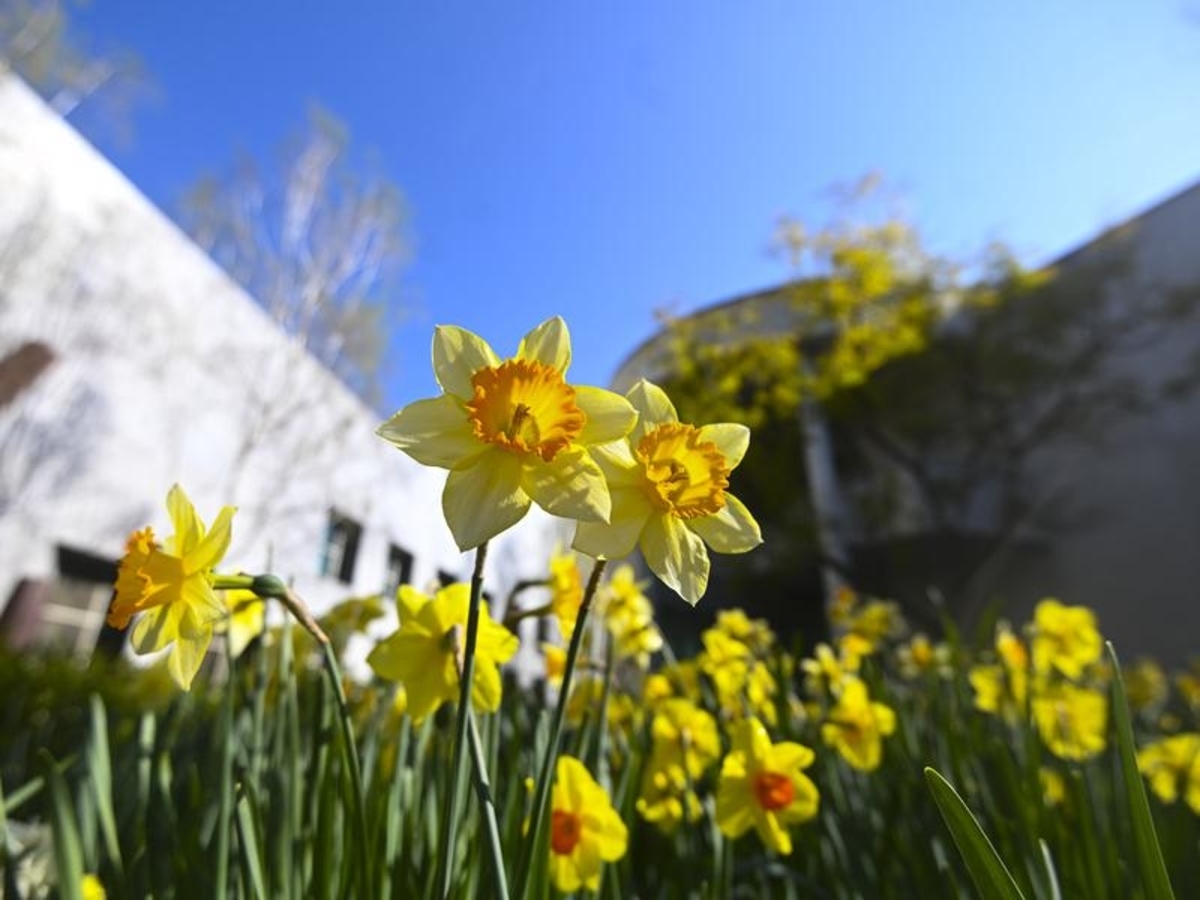
The calendar tells us spring has arrived in Australia but astronomers say the season of flowers is still weeks away.
Australian meteorologists dictate the official change of seasons and have determined September 1 is when spring begins every year.
However, most European and American countries use an astronomical definition to determine when seasons begin and end.
Astronomers calculate that spring in the southern hemisphere will begin this year on September 23, precisely at 11.03am.
Macquarie University astrophysicist Angel Lopez-Sanchez says astronomers define the change in seasons by a solstice (when the sun appears at its farthest distance of the equator) or equinox (when the sun crosses the equator).
"I was shocked, when I moved to Australia ... to see that everyone used the beginning of December, March, June and September as the change of season," he said.
"Seasons are defined by astronomy in a very accurate and precise way, down to the minute."
Seasons occur because the sun heats its orbiting planets unevenly, an effect increased by the earth's 23.3 degree tilt.
"When the southern hemisphere tilts towards the sun, Australia spends more time facing the sun so our days are longer, and the sun's rays strike earth at a steeper angle so the days are hotter," Dr Lopez-Sanchez said.
At the same time, similar latitudes in the northern hemisphere tilt away from the sun, where the reverse will happen - therefore it is winter in the north, and summer in the southern hemisphere.
Dr Lopez-Sanchez says it could be a while before balmy days are here again as there is usually a lag between seasonal and temperature change, particularly in temperate climates like Sydney's.
A phenomenon known as thermal inertia means that in spring it can take weeks before the atmosphere heats up, and the reverse occurs during the transition from summer to autumn.
"The relative position of the sun in mid-February and late October is similar, but it is much warmer in mid-February than in late October, because of this lag in heating or cooling the atmosphere," Dr Lopez-Sanchez said.







